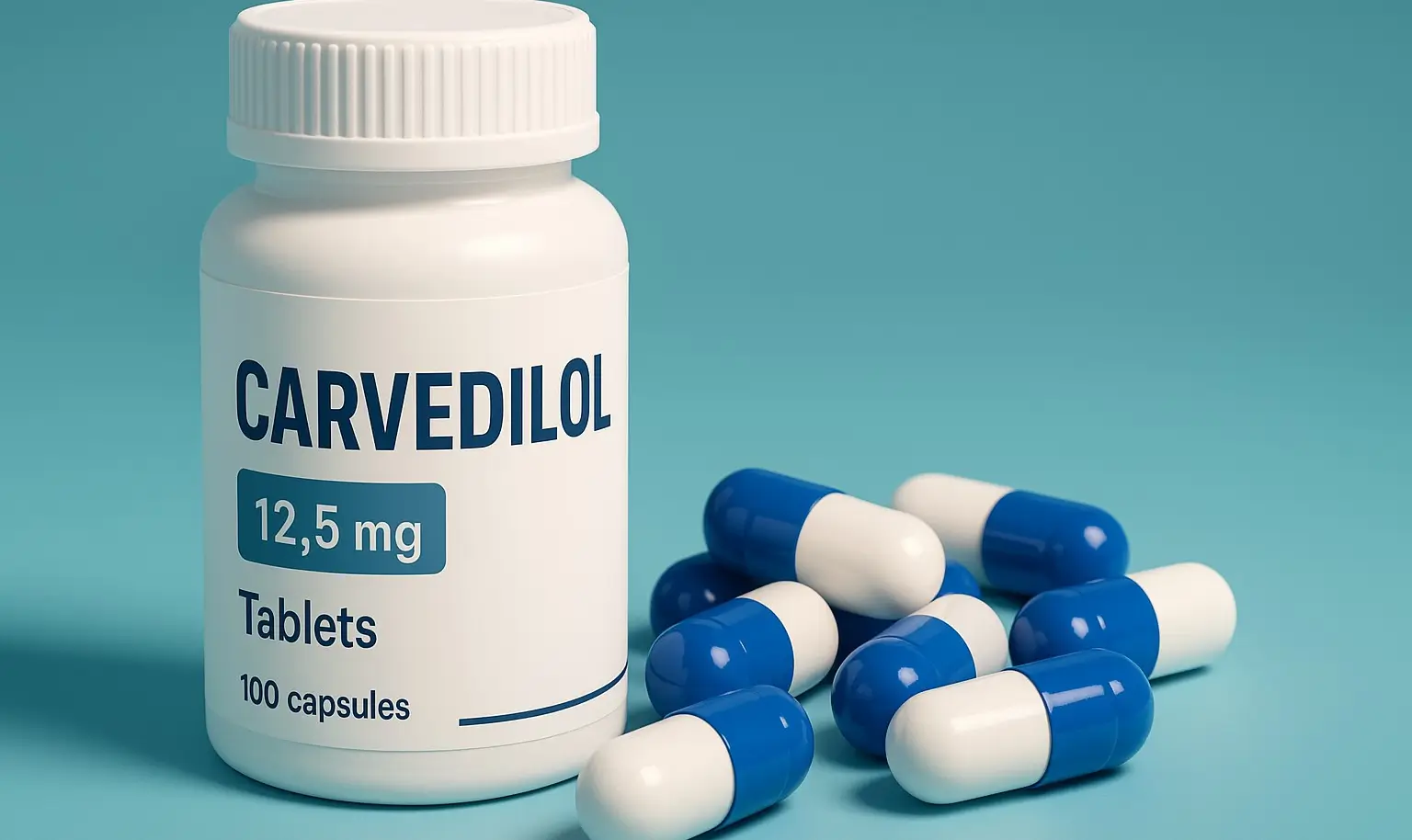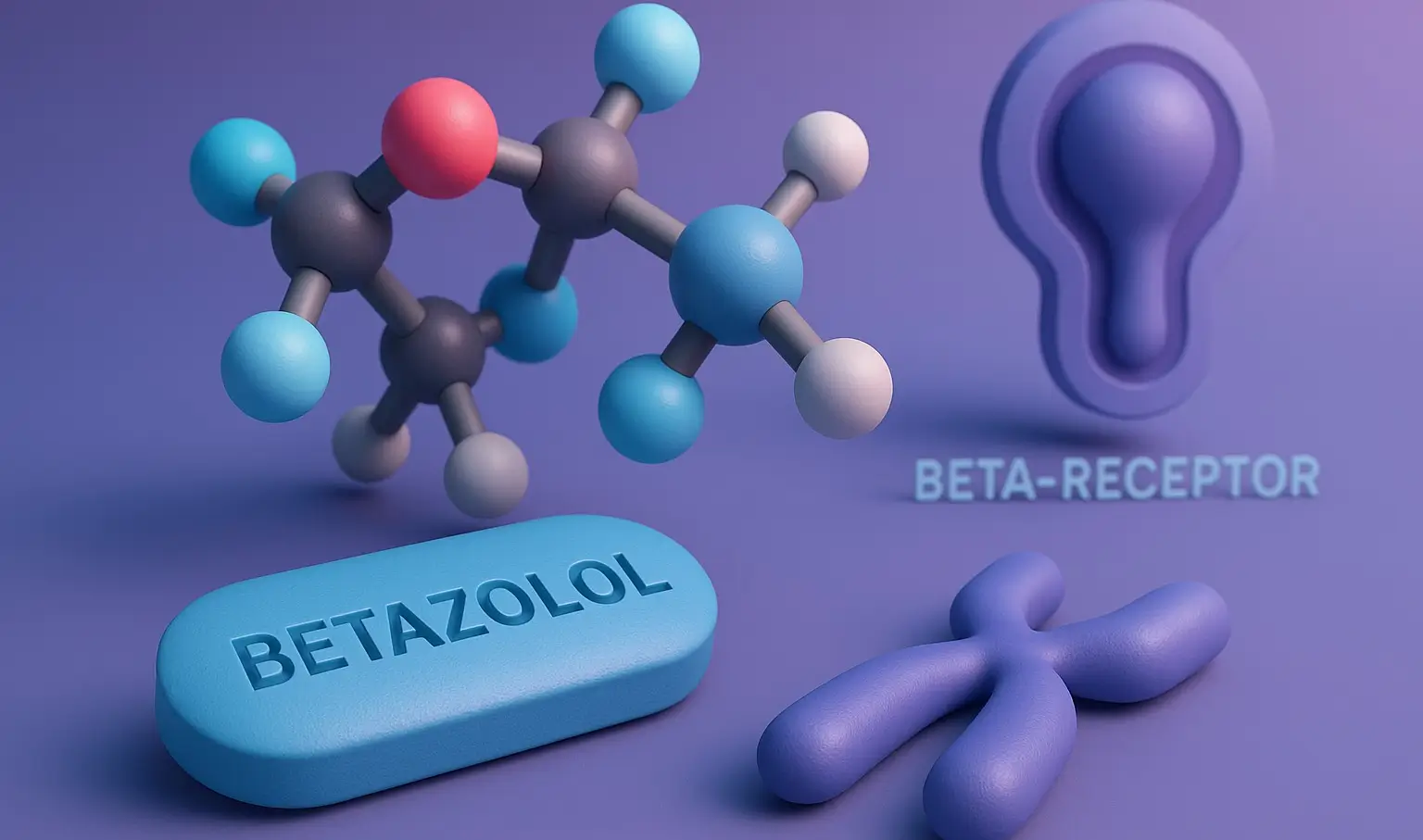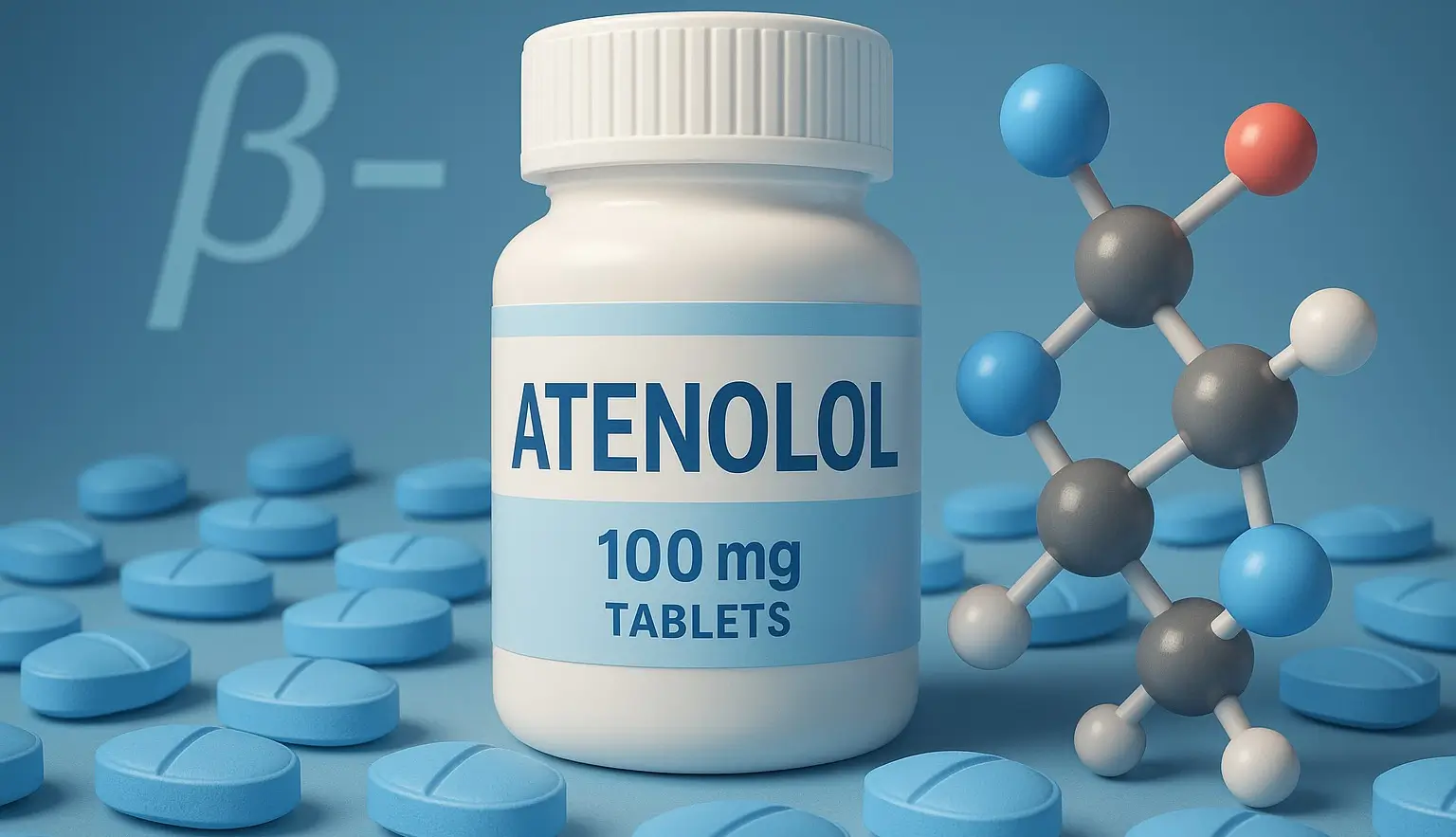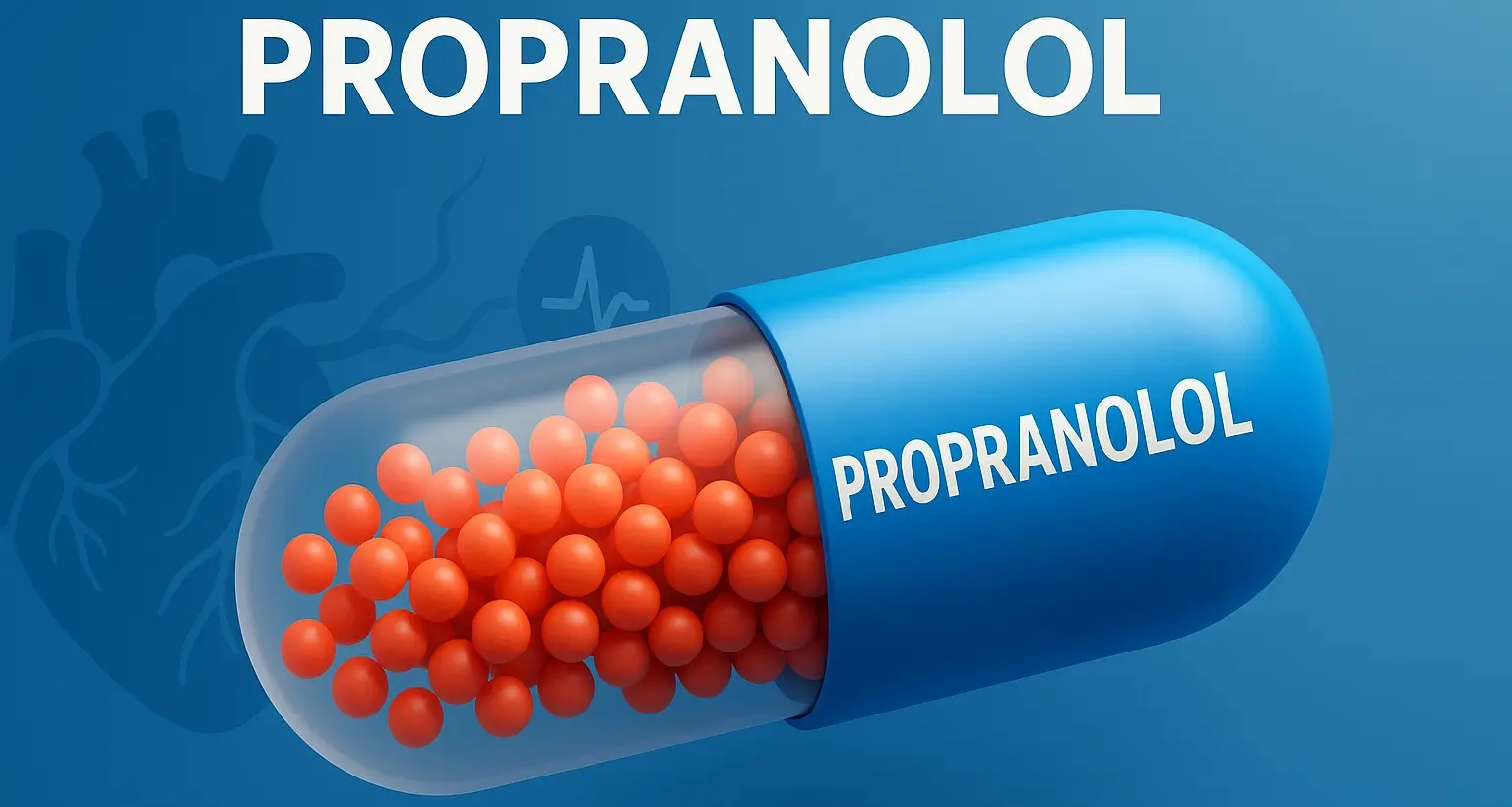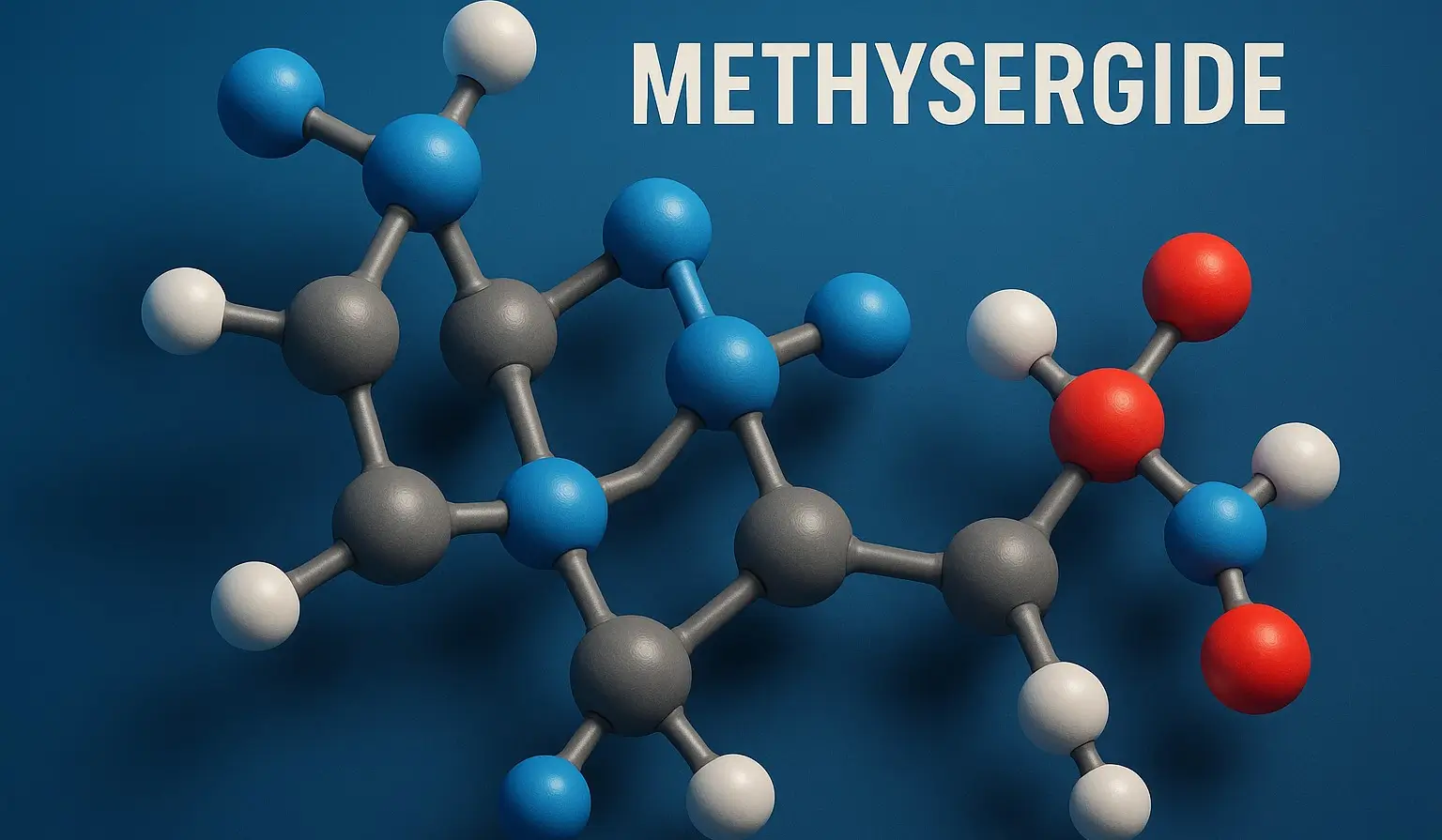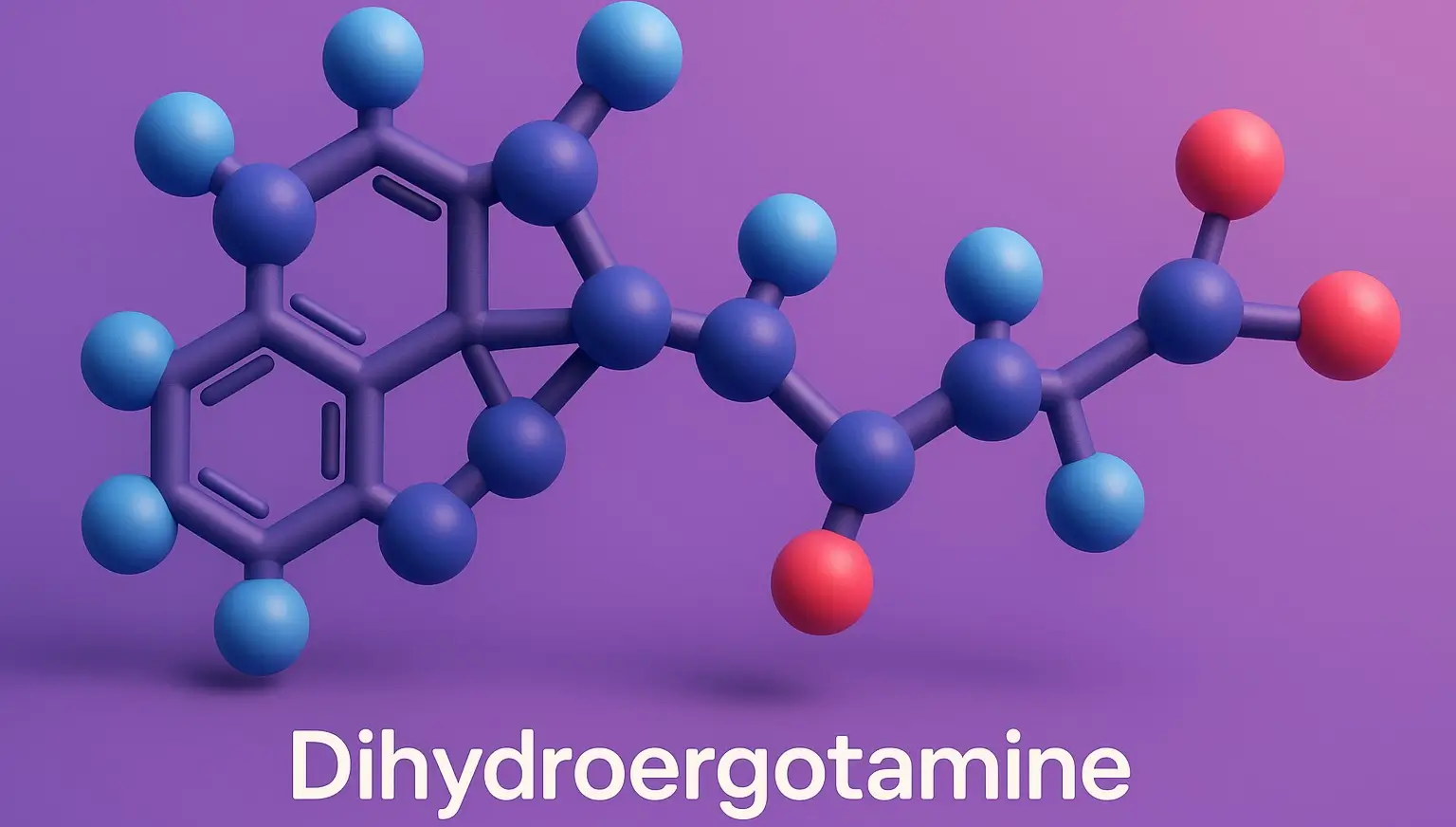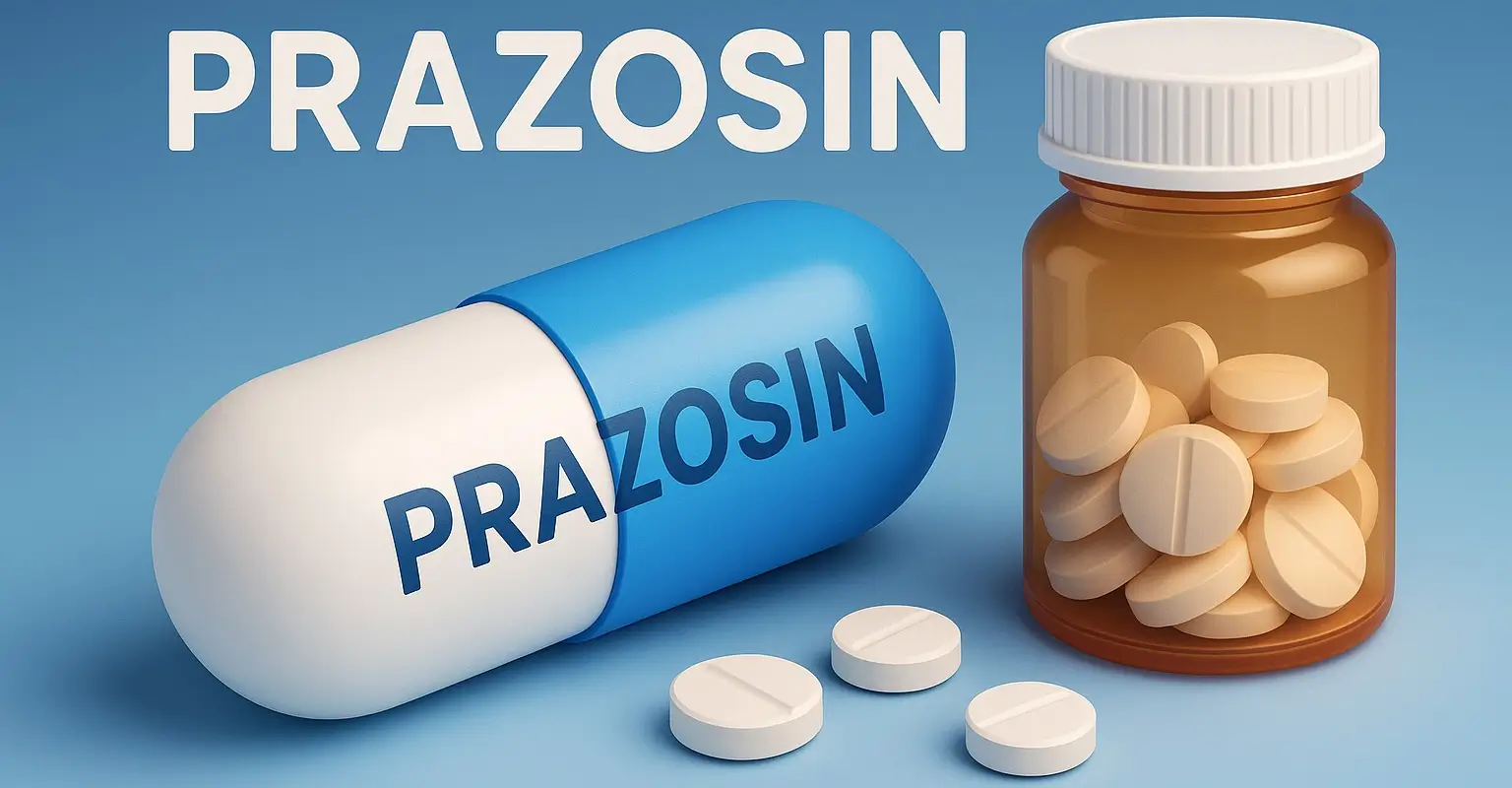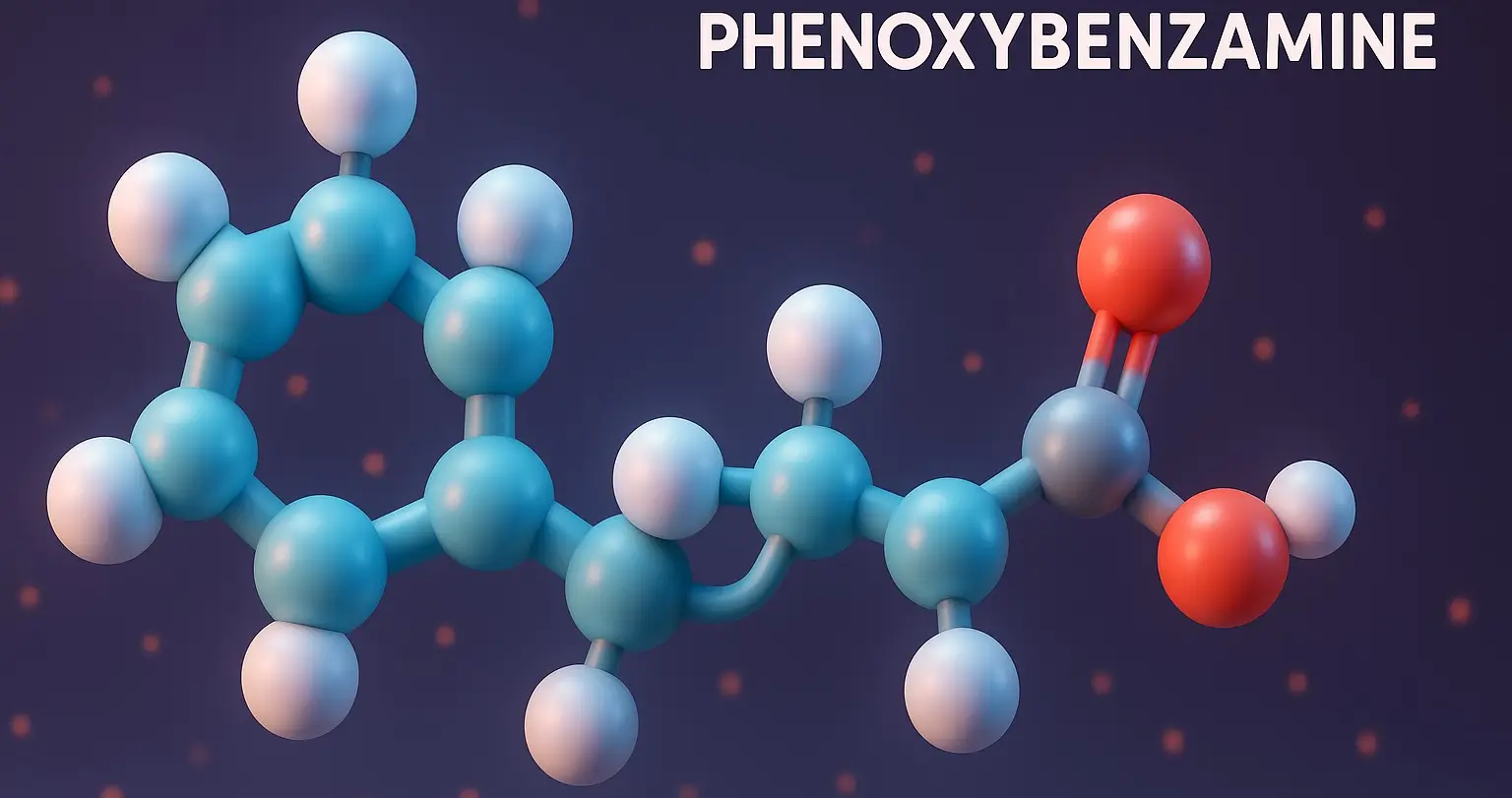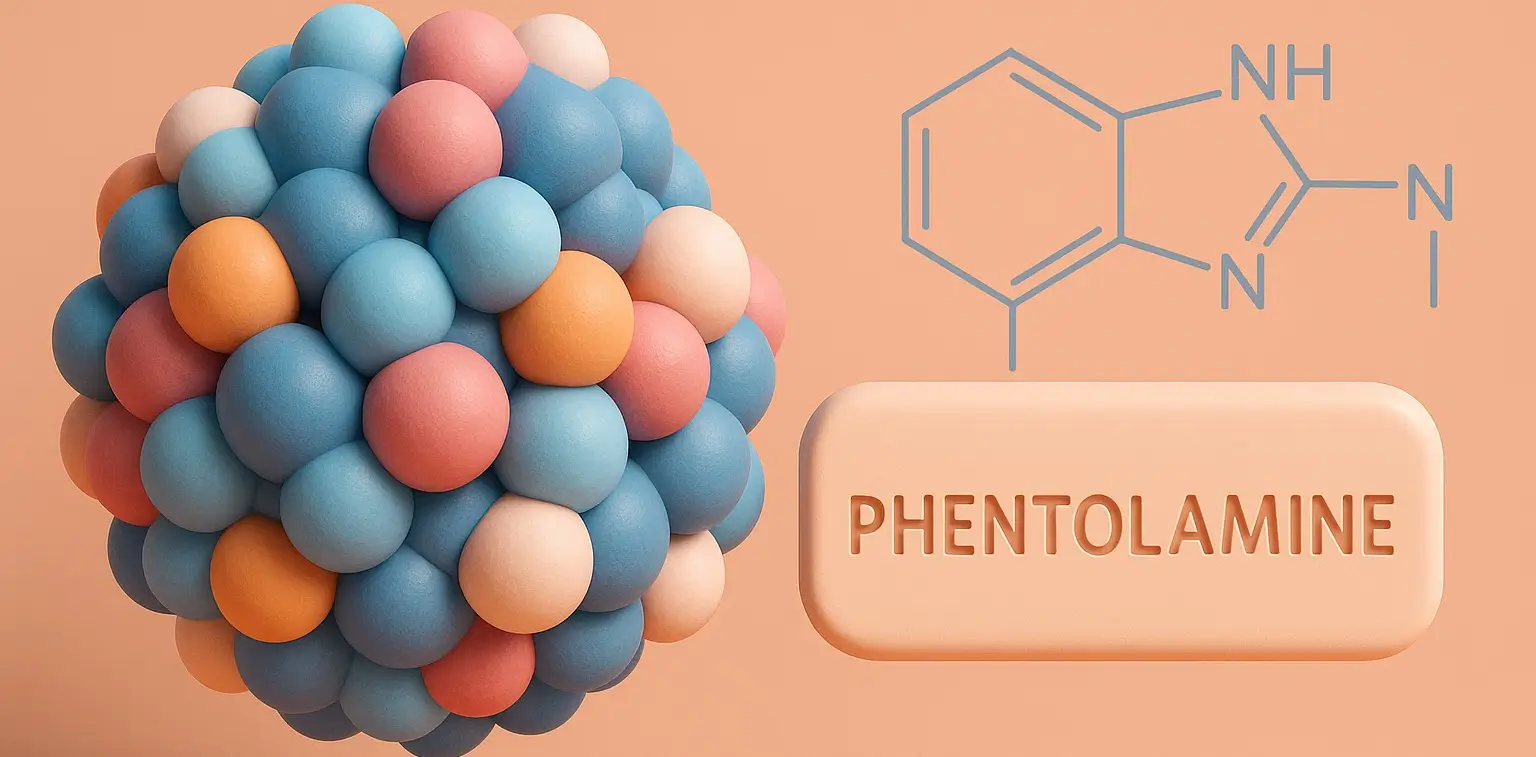Carvedilol
Carvedilol is a non-selective beta-blocker with alpha-1 blocking activity, used primarily to treat high blood pressure (hypertension), heart failure, and left ventricular dysfunction after a heart attack. By blocking beta-adrenergic receptors, it reduces heart rate and contractility, while its alpha-1 blocking effects help relax blood vessels, lowering blood pressure and improving blood flow. Chemical Structure … Read more

